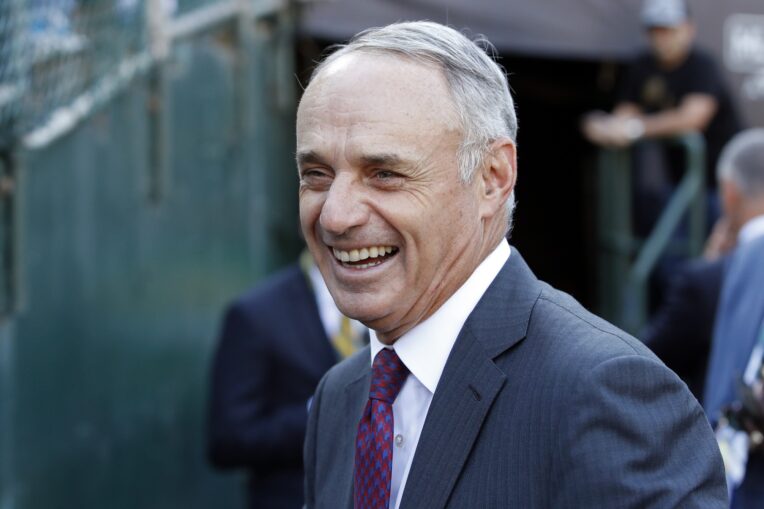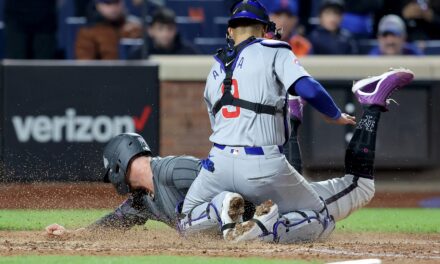
Mets manager Buck Showalter has been all over Major League Baseball this spring telling them they need to make sure there are little tweaks done to the pitch clock that will accommodate things that they might have not thought about when the rules were made. Showalter became particularly perturbed last week when Hunter Wendelstedt was the home plate umpire for the first time with the new rules and wasn’t allowing any discretion.
I’m sure Buck isn’t the only manager that has been trying to bend the ear of MLB, and they’ve decided to make the following modifications per ESPN:
- On malfunctions of the PitchCom units that allow the pitcher and catcher to communicate electronically, players must immediately inform umpires, who can grant time and stop the ticking clock. PitchCom has become a vital tool for players since its introduction last year. Perhaps as soon as this week, sources said, the league is expected to approve their use by pitchers, who with it could call their own games.
- New standards will be enforced for batboys and batgirls, whose ability to quickly retrieve equipment will help efforts to speed up the game, according to the memo. The league will evaluate the performances of batboys and batgirls and could ask teams to replace them if it’s considered substandard.
- On brushback pitches and “big swings” — which either knock equipment out of place or land a player splayed out on the ground — umpires will delay the start of the clock and, if the clock operator starts it early, have the ability to wave off the timer.
- In situations where pitchers find themselves away from the mound — whether to cover first base or back up throws to home or third base in foul territory — the 30-second between-batters clock will be delayed. It restarts when the pitcher making a play at first is back on the infield grass and one backing plays up is in fair territory.
- Leniency for catchers who end an inning on base or at-bat. Umpires could turn off the 2-minute, 30-second between-innings clock at the 30-second mark if the catcher has made a “reasonable effort” to abide by the timer. If it reaches that point, a catcher will be allowed to receive one warmup pitch from the pitcher and make a throw down to second base to ensure he, too, has warmed up his arm.
- Placing the onus on hitters to restart the clock if they take a timeout. Hitters may call time once in an at-bat, and previously, the clock was starting from 15 or 20 when players stepped into the batter’s box and were alert, leading to pitchers potentially holding the ball for long periods of time. Under the new guidelines, a player, regardless of where he is standing, must indicate to an umpire that he is ready to resume play, at which point the umpire will tell the operator to wind the clock.
These are all adjustments as MLB decided to not make any changes to the actual time length of the pitch/batter clocks. Spring training games have gone from averaging 3 hours, 1 minute to 2 hours, 36 minutes so far this spring.
Showalter, as always, was already on top of the batboy and batgirl stuff, “Buck has talked about taking his best bat boy on the road with him, which teams don’t generally do… because they’re more prepared to get the equipment into the hands of the players quicker so that they’re better able to take advantage of those 30 seconds that they have between batters to come to the plate.”















